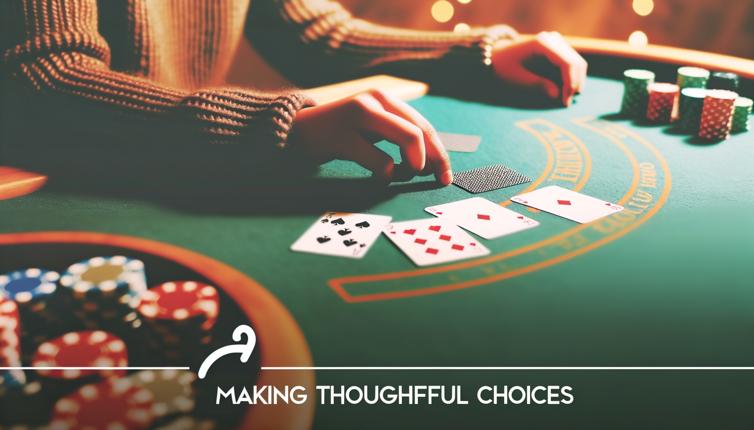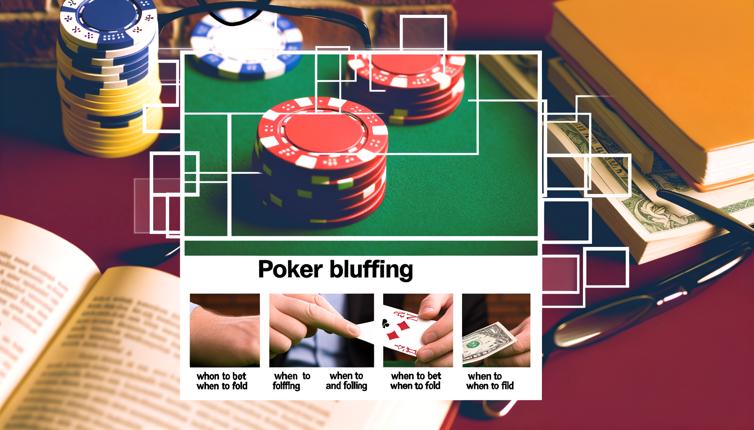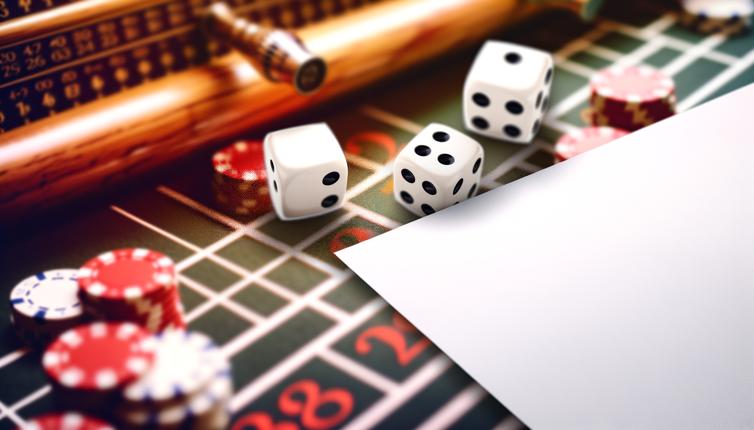Understanding the Options
Before we delve into the strategy behind hitting or standing in blackjack, let's first understand what each option means.,Hitting: When a player hits, they are requesting an additional card from the dealer. This can be done multiple times until the player decides to stand or busts by exceeding a total hand value of 21.,Standing: When a player stands, they are choosing not to receive any more cards. This indicates that the player is satisfied with their current hand and believes it has a good chance of beating the dealer's hand.
Factors to Consider
There are several factors that should be considered when deciding whether to hit or stand in blackjack. These include:,1. The value of your current hand: Take into account the total value of your hand and assess the likelihood of improving it with another card.,2. The dealer's up card: The dealer's up card is an important indicator of their potential hand. If the dealer has a weak card, such as a 2 through 6, they are more likely to bust.,3. The number of decks in play: The number of decks being used in the game can affect the odds of hitting or standing. In general, a lower number of decks favors the player.,4. The specific rules of the game: Different variations of blackjack may have different rules regarding hitting and standing. Familiarize yourself with the specific rules before making a decision.,5. Your risk tolerance: Consider your risk tolerance and overall strategy when deciding whether to hit or stand. Some players may prefer to take more risks, while others may opt for a more conservative approach.
Basic Strategy Guidelines
While there is no guaranteed winning strategy in blackjack, following some basic guidelines can help improve your chances of making the right decision when it comes to hitting or standing. Keep in mind that these guidelines are based on statistical probabilities and are not foolproof.,1. If your hand value is 11 or lower, always hit.,2. If your hand value is 12 through 16 and the dealer has a 7 through Ace as their up card, it is generally advisable to hit. These are considered to be the dealer's strongest cards.,3. If your hand value is 17 or higher, and the dealer has a weak up card (2 through 6), it is recommended to stand as the dealer is more likely to bust.,4. If your hand value is 17 or higher and the dealer has a strong up card (7 through Ace), it is generally better to stand as hitting may result in a bust.,Keep in mind that these guidelines are not set in stone, and there may be exceptions based on specific scenarios. It is important to consider all the factors mentioned earlier and make an informed decision based on the current situation.
Conclusion
In blackjack, the decision to hit or stand is a critical one that can greatly impact your chances of winning. By considering factors such as the value of your hand, the dealer's up card, and the rules of the game, you can make a more informed decision. Remember to also take into account your risk tolerance and overall strategy. Following basic strategy guidelines can further improve your chances of making the right decision. Ultimately, practice and experience will help you develop your own intuition for when to hit or stand in different situations.








